 Template
Glam Up Blogger Template
Template
Glam Up Blogger Template
Template Features: You can integrate your instagram with this template. Ads Ready, Photography, Personal Pages, Girly, Simple, Fa...
 Template
Glam Up Blogger Template
Template
Glam Up Blogger Template
Template Features: You can integrate your instagram with this template. Ads Ready, Photography, Personal Pages, Girly, Simple, Fa...
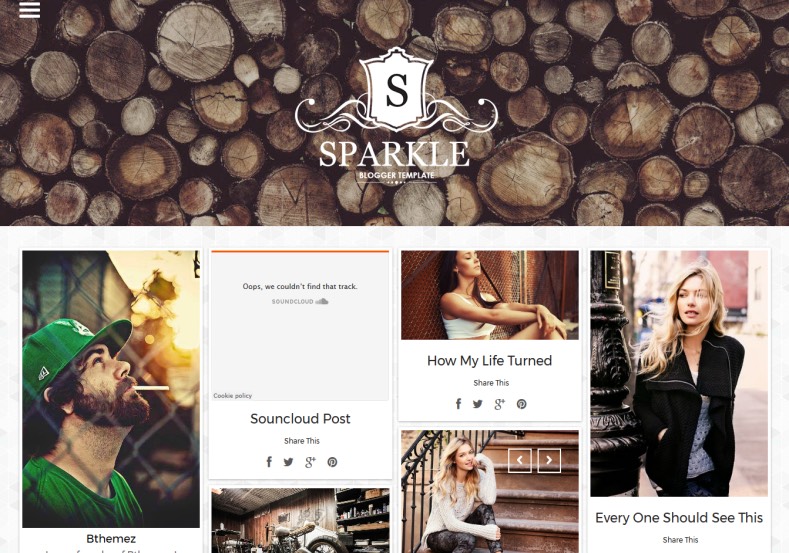 Template
Sparkle Grid Responsive Blogger Template
Template
Sparkle Grid Responsive Blogger Template
Template Features: Blogger, Gallery, Photography, Pinterest Look, No Sidebars in home page, Slideshow, Masonry, Minimalist, Girly, D...
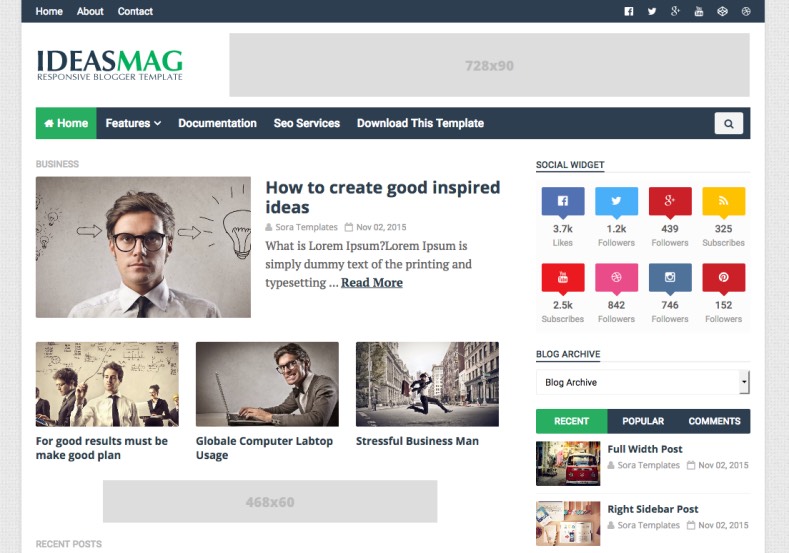 Template
Ideas Mag - Blogger Template
Template
Ideas Mag - Blogger Template
Template Features: Breadcrumb Navigation Ready, Tabbed Widget Ready, Email Subscription Widget Ready, Page Navigation Menu, 3...
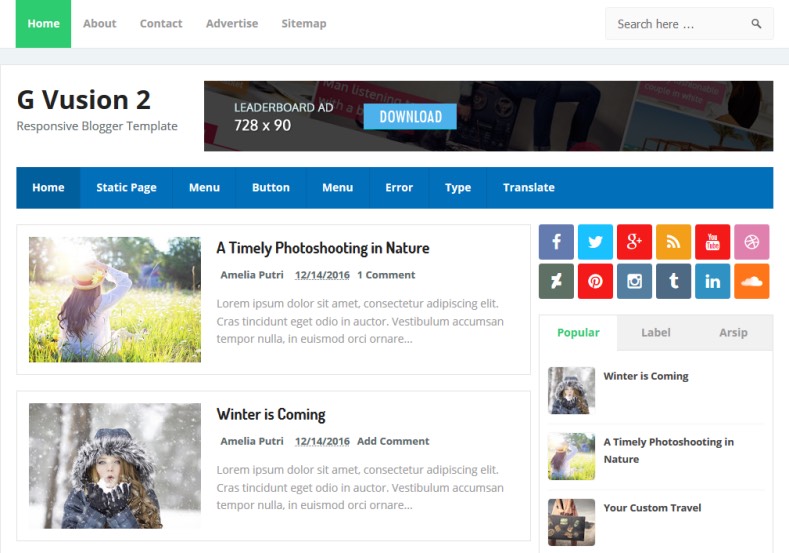 Template
G Vusion 2 Blogger Template
Template
G Vusion 2 Blogger Template
Template Features: Ads Ready, Blue, Personal Pages, Tabbed Widget Ready, Page Navigation Menu, 2 Columns, 1 Right Sidebar, 1 S...
 Template
Innovative Blogger Template
Template
Innovative Blogger Template
Template Features: Personal Pages, Ads Ready, Photography, Fashion, Slideshow, Personal Pages, Girly, Simple, Fashion, White, 1 S...
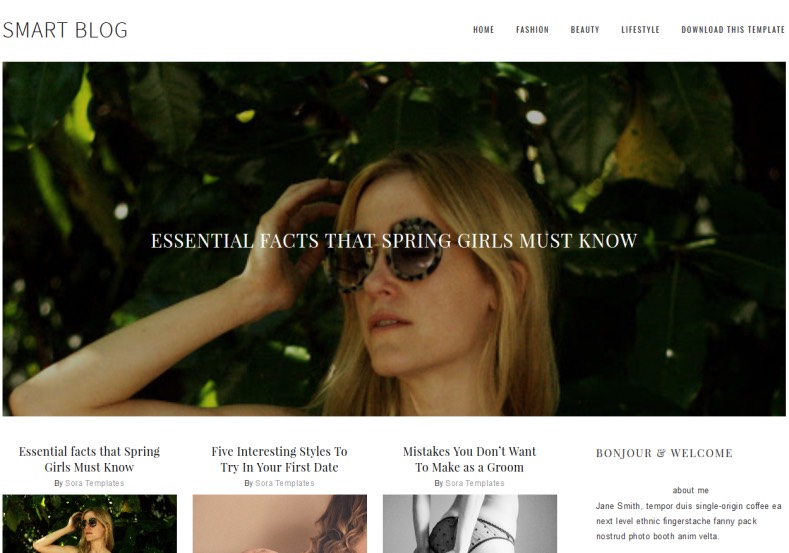 Template
Smart Blog Blogger Template
Template
Smart Blog Blogger Template
Template Features: SmartBlog Blogger Template is perfect template for creating simple and magazine blogs. This template designed w...
 Template
Bastro Blogger Template
Template
Bastro Blogger Template
Template Features: Blogger, Girly, Fashion, Slideshow, 1 Right Sidebar, Right Sidebar, Ads Ready, Minimalist, Clean, Personal Pages,...
 Tips
Boost Traffic by submitting your blog to top rated sites
Tips
Boost Traffic by submitting your blog to top rated sites
After creating compelling copy, titles, descriptions and link strategies of blog, it’s time to list your blog in one or more direc...
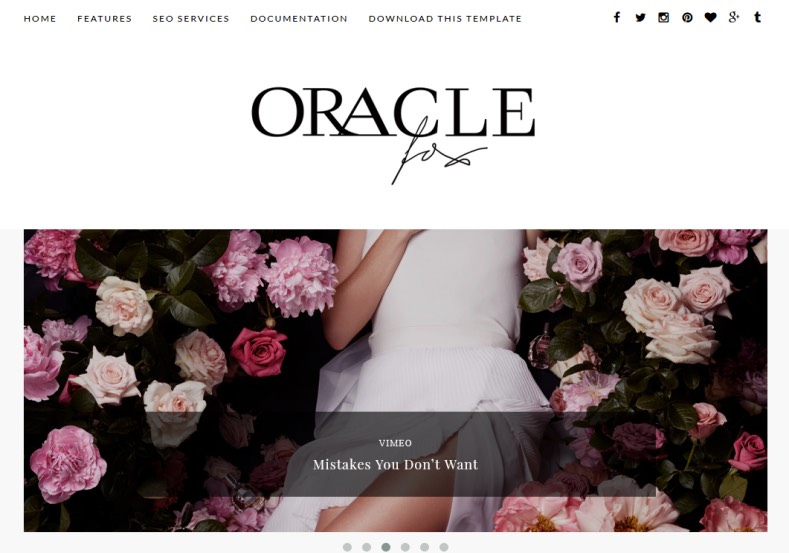 Template
Oracle Blogger Template
Template
Oracle Blogger Template
Template Features: Oracle Blogger Template is simple and elegant template. This template designed with single column its mean n...
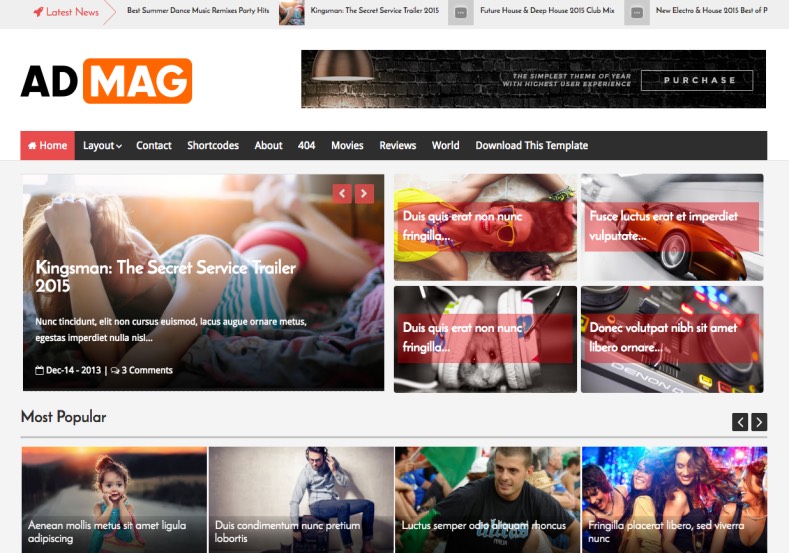 Template
Ad Mag - Blogger Template
Template
Ad Mag - Blogger Template
Template Features: Ad Mag blogger template has news ticker facility. The 3 columns footer has ready-made widgets like about a...
 Tips
40 Commonly Used Terms in Blogging
Tips
40 Commonly Used Terms in Blogging
A Alternative text/tag or attribute - This has lots of common names and all mean the same thing. This should be used in HTML ...
 Blogger Template
Template
Socio Viral Buzz- Blogger Template
Blogger Template
Template
Socio Viral Buzz- Blogger Template
Template Features: Socio Viral Buzz # Blogger Template is simple and minimalist #template. This template has special feature ...
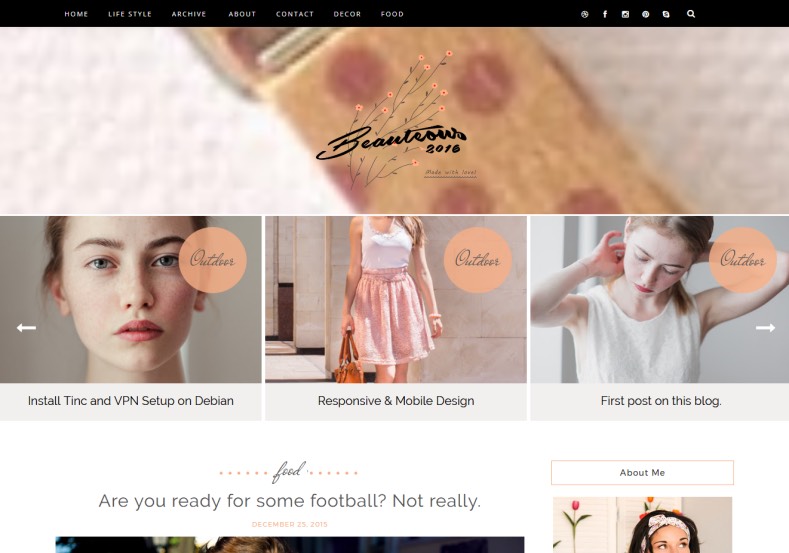 Blogger Template
Template
Beauteous Carousel - Blogger template
Blogger Template
Template
Beauteous Carousel - Blogger template
Template Features: Beauteous Carousel blogger template specially designed for fashion, photography, girls and online e magazin...